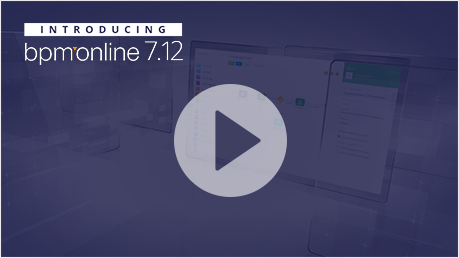Start events (Fig. 126) activate the processes and event subprocesses.

No process item can be executed before the start event. After the start event is initiated, the process starts and can receive signals from other processes.
Simple start event is used when the process is initiated by a user directly, as opposed to being started by a signal or message.
When a message start event is used, the sub-process can be activated in one of the following ways:
•By the the [Message] intermediate throwing event that was generated for other member of the parent process, for example, the “Cancellation of order” sub-process can be started with a “Customer canceled an order” message.
•By the object event or the event that was generated on the page with which the process is connected. For example, when you click some button in the system or open a right-click menu, a corresponding message is sent to the process.
Use the [Message] field to specify the name of the message that the given event will wait for. Receiving this message will initiate the process.
A signal start event is used to activate a process from another process. This process item is activated by the throw signal event in another process or when adding, editing, deleting the record of the selected object. For example, the process will start automatically when a new contact is added to the system.
Start messages or signal events can be used to activate the event sub-processes. These events are non-interrupting. It means that if the event sub-process is activated, the main process continues to run and does not wait for this sub-process to finish.
For example, a customer can modify an order at any stage of order processing. In this case, when getting a message "Client has canceled the order", the necessary actions are performed, but the main process is not terminated.
Attention!
The start signal card is identical to the intermediate catching signal card. The only difference between them is that the start signal card does not contain the [Object record] field. The signal card is described in subsequent chapters.
See also






